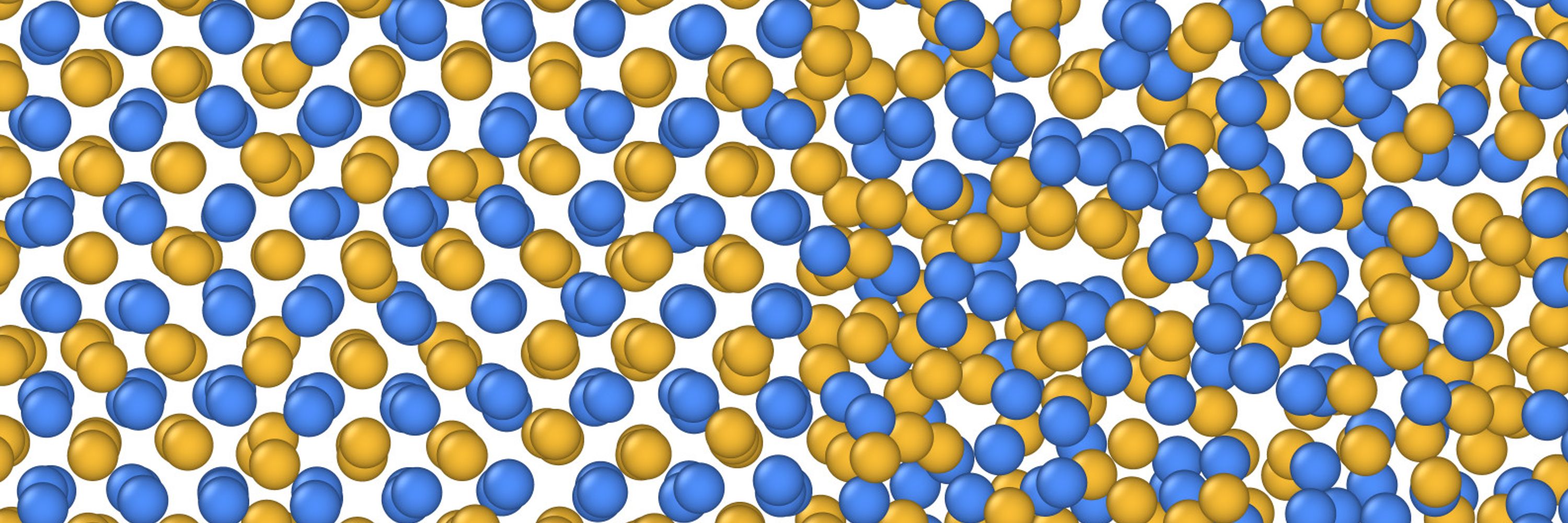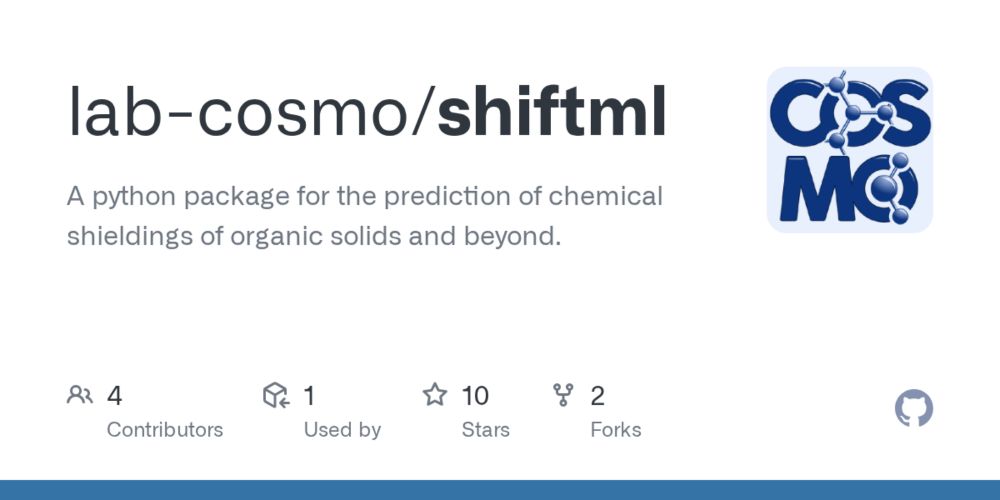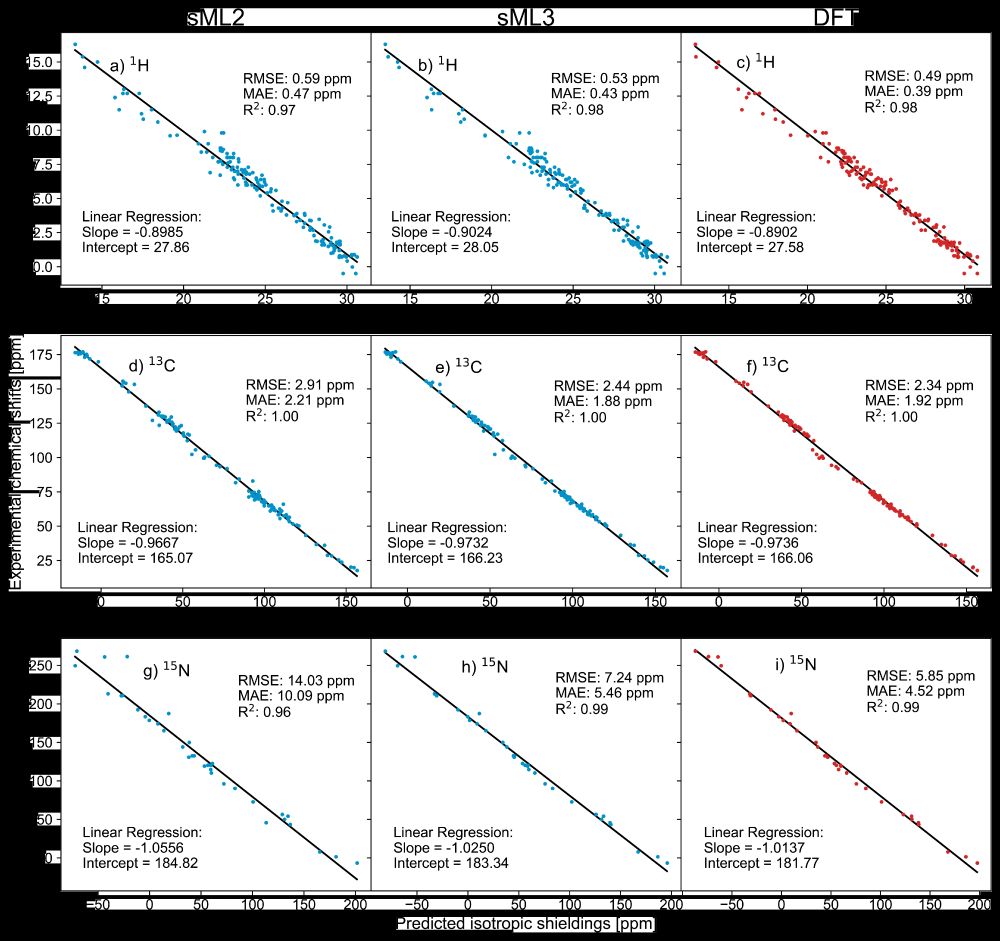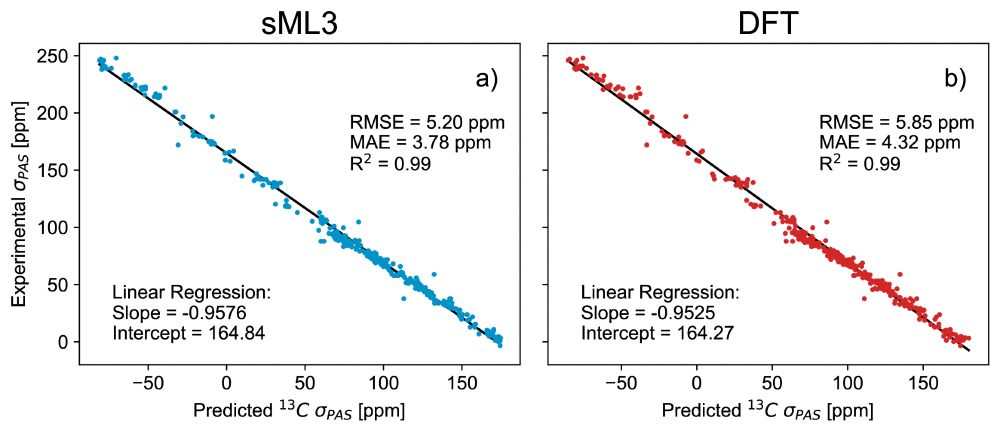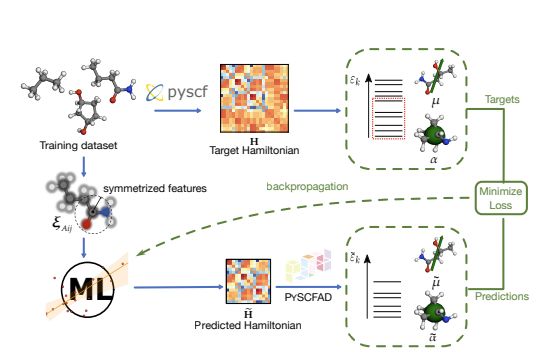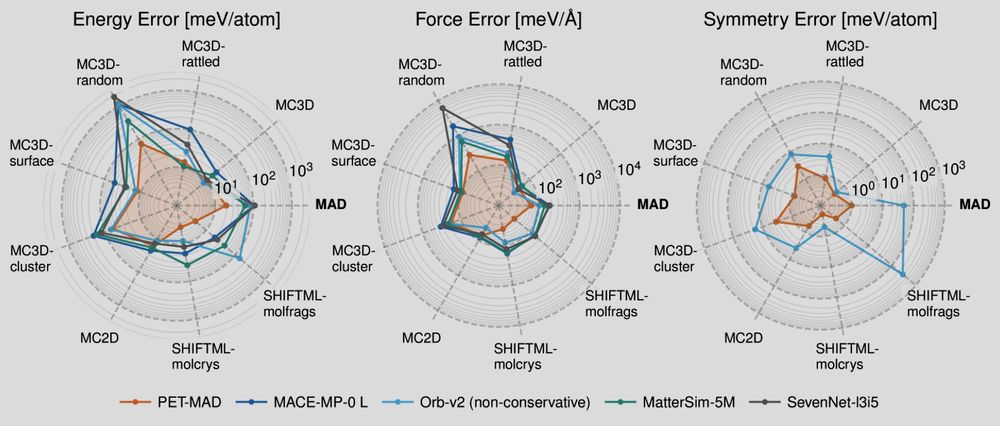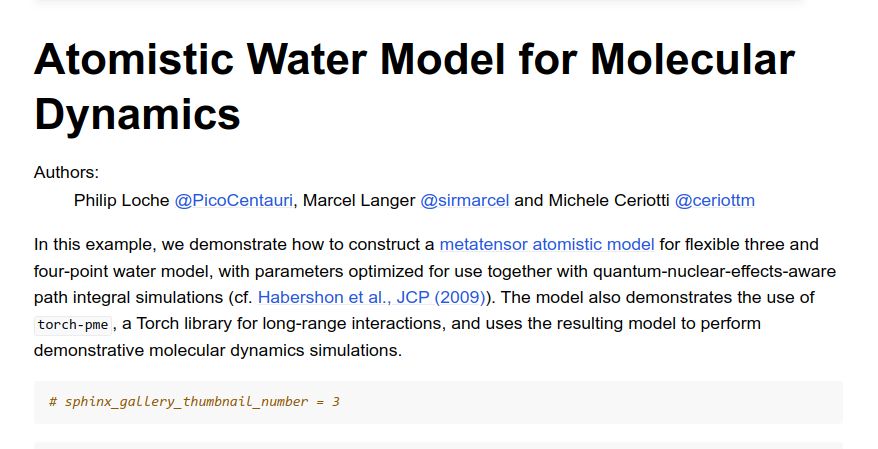Matthias Kellner
@matthiaskellner.bsky.social
22 followers
53 following
5 posts
PhD student in @labcosmo.bsky.social
Posts
Media
Videos
Starter Packs
Reposted by Matthias Kellner
Reposted by Matthias Kellner
Reposted by Matthias Kellner
Reposted by Matthias Kellner
Reposted by Matthias Kellner
Reposted by Matthias Kellner
